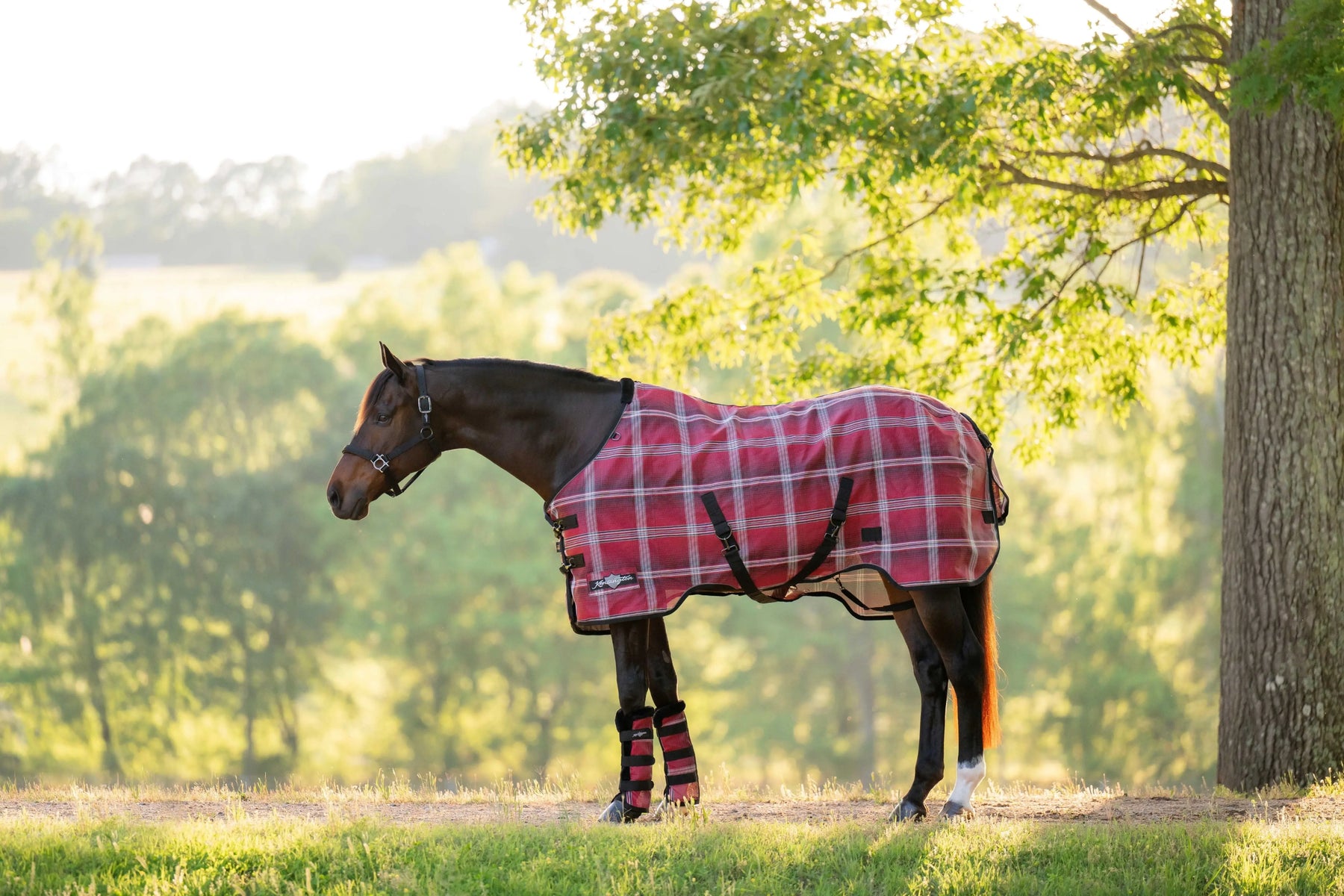
Which Menace is It? Scent-Seeking Flies vs Heat-Seeking Flies Explained.
In the realm of insects, flies are often associated with nuisances like buzzing around food or windows on a hot summer day. However, within the diverse world of flies, there exists a fascinating distinction between scent-seeking flies and heat-seeking flies. Let's delve into these two types and uncover what makes each unique, which will help you develop an effective fly control strategy for your horse or pony.

Scent-Seeking Flies:
Scent-seeking flies, often referred to as filth flies or saprophagous flies, are attracted to decaying organic matter. Their keen sense of smell guides them towards sources of food and breeding grounds, which are typically characterized by the presence of fermenting fruits, animal waste, or even human garbage. Examples of scent-seeking flies include house flies (Musca domestica), blowflies (Calliphoridae), and fruit flies (Drosophila species).
1. Behavior and Ecology: These flies play crucial roles in ecosystems by aiding in the decomposition of organic matter. They are particularly abundant in urban and agricultural areas where their food sources are plentiful.
2. Life Cycle: Scent-seeking flies have a rapid life cycle, often completing multiple generations within a single season. Their ability to quickly locate suitable breeding sites is facilitated by their acute olfactory receptors.
3. Public Health Concerns: While essential for natural processes, some scent-seeking flies can also act as vectors for diseases. House flies, for instance, can carry pathogens from fecal matter to human food, posing health risks. They can also cause allergic dermatitis or conjunctivitis in your horse. Pigeon Fever bacterium can even be transmitted via house flies!
Heat-Seeking Flies:
On the other hand, heat-seeking flies are a more specialized group that utilizes thermal cues to locate their targets. These flies are often associated with ectothermic hosts such as mammals or birds, where they seek warmth emitted by the host's body. Examples include various species of biting flies like horse flies (Tabanidae) and deer flies (Chrysops).
1. Behavior and Feeding Habits: Heat-seeking flies are adapted to detect infrared radiation emitted by warm-blooded animals. This ability allows them to locate hosts for feeding on blood, which provides essential nutrients for reproduction. This could be why darker colored horses seem to attract more flies -dark objects absorb and emit more heat in the sun!
2. Habitat and Distribution: These flies are commonly found in rural areas and forests where their vertebrate hosts reside. They are active during warmer months when hosts are most active and temperatures are conducive to their survival.
3. Medical and Veterinary Significance: Heat-seeking flies are notorious for their painful bites, which can transmit diseases and cause discomfort to both humans and animals. In regions where they are prevalent, they are a significant concern for livestock and can impact agricultural productivity. Equine Infectious Anemia (EIA) is transmitted via fly bites.
Comparative Analysis:
- Detection Mechanisms: While scent-seeking flies rely primarily on chemical cues (odors), heat-seeking flies use thermal cues (infrared radiation) to locate their targets.
- Ecological Roles: Scent-seeking flies contribute to nutrient recycling and ecosystem health through decomposition, whereas heat-seeking flies play roles as both parasites and potential disease vectors.
- Human Interactions: Both types of flies can impact human and horse activities negatively, albeit in different ways—scent-seeking flies through contamination of food and transmission of diseases, and heat-seeking flies through painful bites and potential disease transmission.
